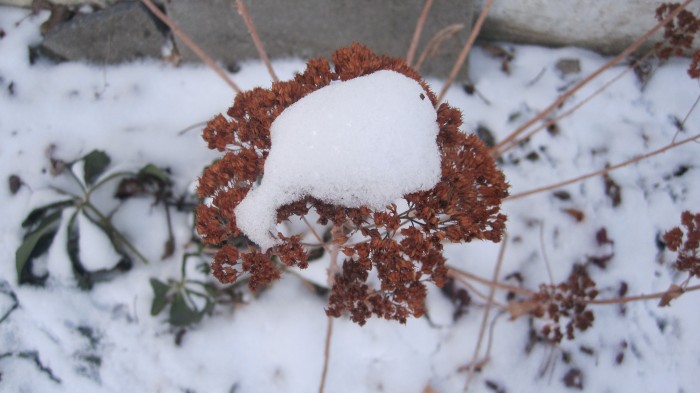All posts tagged sedum
Reliable And Versatile: Sedum Health Benefits
Sedum, commonly known as common stonecrop, or just stonecrop, is an evergreen, perennial flowering plant belonging to the crussulaceae family in the sedum genus. Basically, there are about 300 species of sedum in the genus. The plant is native to the Northern Hemisphere but can be found growing in most regions of the world including Asia, Europe, and North Africa. Continue reading [...]
Stonecrop Brings “Autumn Joy” to the Garden
Stonecrop is a family of around 500 varieties of succulent plants that will add low-maintenance color and interest to your fall garden. Continue reading [...]
Perrenials that Can Survive Harsh Winter Weather
Many parts of the world experience harsh winters, which means these regions are sometimes challenged when it comes to maintaining beautiful flowers. But, despite frigid temperatures, and snowfall that can completely cover the land, there are some perennials that manage to survive and thrive.
Depending on where you live, you might be able to get away with planting the following perennial flowers in your garden. While you may not see blooms during winter, don’t give up on these plants! They’re likely lying dormant for the winter, and they’ll soon burst to life during spring. Like people, flowers often prefer to lay low and holed up during extreme weather. Continue reading [...]



